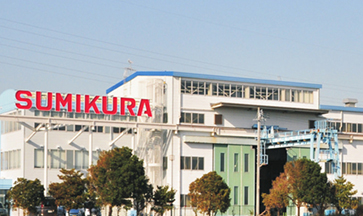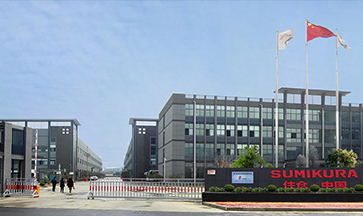Automation steel press blanking lines are advanced coil processing systems designed to transform large steel coils into precise blanks with high efficiency and consistency. These lines integrate uncoiling, leveling, feeding, pressing, and stacking into a seamless automated process. Unlike traditional methods that require multiple manual handling steps, automation blanking lines streamline production, reduce waste, and ensure that each blank produced meets strict dimensional and surface quality standards. This makes them indispensable equipment for industries where accuracy, speed, and reliability are critical.
The primary function of an automation steel press blanking line is to cut coil-fed material into blanks of defined shapes and dimensions, ready for further forming or stamping operations. These blanks can be square, rectangular, trapezoidal, or even complex custom shapes depending on the die used. The lines are designed to handle a wide range of materials, including high-strength steel, stainless steel, aluminum, and coated sheets. They are especially valuable in automotive manufacturing, where body panels, doors, hoods, and structural reinforcements require precision blanks that maintain uniform thickness and surface quality. By producing blanks directly from coils, manufacturers reduce raw material costs and eliminate additional processing steps, leading to higher overall efficiency.
Automation steel press blanking lines are built with features that maximize performance and operator convenience. High-strength uncoilers and straighteners ensure the material is smoothly prepared for blanking without introducing waves or distortions. Servo-driven feeding systems deliver exceptional accuracy in positioning the material for the press, ensuring each blank is cut to the exact programmed dimension. The integrated press is designed for continuous heavy-duty operation, while automatic stacking systems neatly organize the finished blanks into pallets or piles for downstream processing. Another key feature is the advanced control system, which allows operators to manage speed, cutting patterns, and stacking logic through an intuitive interface, significantly reducing setup time.
Operating an automation steel press blanking line requires proper setup and adherence to safety protocols. The process begins with securely mounting the coil onto the uncoiler and threading it through the straightener and feeder. Once the blanking die is installed in the press, operators can program blank dimensions, press speed, and stacking parameters through the control panel. During operation, the system automatically feeds, aligns, and cuts the material, while sensors continuously monitor alignment, thickness, and press stroke accuracy. Regular maintenance—such as lubricating moving parts, inspecting dies for wear, and checking coil handling equipment—ensures long-term stability and consistent performance. Operators should always follow safety measures when loading coils or changing dies to prevent accidents.

Your cutting line specialists!
 Factory in Japan
Factory in Japan
ADDRESS
487-3, Sanshincho, Chuoku, Hamamatsu, Shizuoka, Japan
 Japan local market : +81 53-425-5331
Japan local market : +81 53-425-5331
 Factory in China
Factory in China
ADDRESS
265 Yixian Road, Deqing, Zhejiang, China
 Overseas market : +86 572-883-2016
Overseas market : +86 572-883-2016
